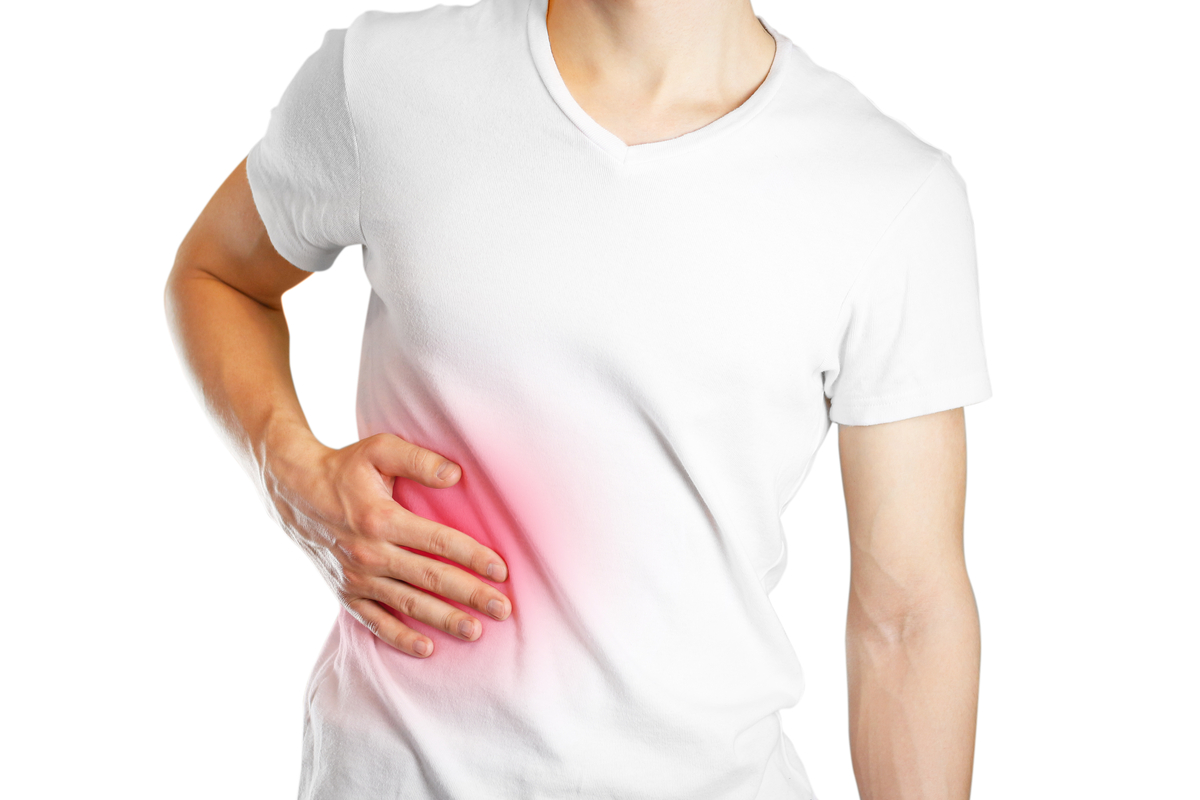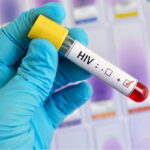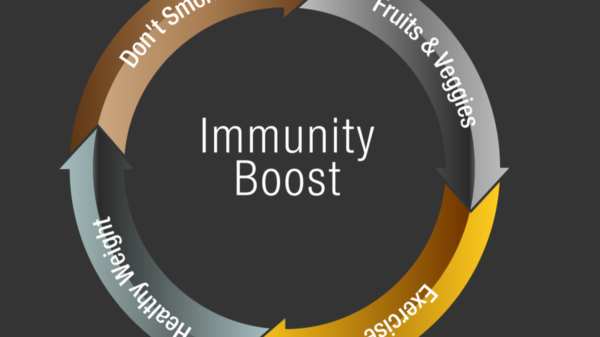Cirrhosis is known as the last stage of scarring (fibrosis) of the liver. The reason cirrhosis is caused due to many forms of liver diseases and conditions such as hepatitis and chronic alcoholism. It seeks to heal itself every time that the liver is injured, whether by illness, excessive alcohol intake, or other cause.
The scar tissue forms during the repair period. As cirrhosis progresses, more and more cavities develop, making it difficult for the liver to function properly (decompensated cirrhosis). Advanced cirrhosis can lead to a life-threatening situation and does not usually reverse liver damage. However, if hepatic cirrhosis is diagnosed at a time and the treatment starts at an early stage, further damage can be reduced, and rarely it is reversed.
Symptoms of Cirrhosis
When there is chronic liver damage then the symptoms of cirrhosis occur such as;
- Loss of appetite
- Fatigue
- Itchy skin
- Nausea
- Bruising and easily bleeding
- Loss of weight
- Skin and eyes discoloration
- Hands and palms redness
- Swelling in feet legs, and ankles
- Accumulation of fluid in the abdomen
- The appearance of spider-like vessels on the skin
- Drowsiness, confusion, and difficulty in speech
- Loss of periods in women such as menopause
- Loss of sex drive or development of female characteristics in men
If you are facing any of the above symptoms then you should make an appointment with a doctor or healthcare professional.
Causes of cirrhosis
There are many diseases and health conditions that can cause cirrhosis such as;
- Cystic fibrosis
- Chronic alcohol abuse
- Accumulation of iron in the body is also known as hemochromatosis
- Bile ducts which are poorly formed
- Viral and chronic hepatitis such as hepatitis C, B, or D
- Accumulation of fat in the liver
- Deficiency of alpha-1 antitrypsin
- Accumulation of copper in the liver
- Genetic disorders
- Liver diseases
- Infections such as brucellosis
- Scarring and hardening of bile ducts
- Sugar metabolism disorders
Stages of cirrhosis
There are three stages of cirrhosis such as;
- Relatively mild cirrhosis
- Moderate cirrhosis
- Severe cirrhosis
Doctors classify the stage of cirrhosis as;
- Compensated cirrhosis: It means the liver is not damaged and functioning properly.
- Decompensated cirrhosis: it is the condition in which the liver does not perform functions properly and is showing severe damage and other severe symptoms.
Cirrhosis is the last and severe stage of liver damage.
Risk factors of cirrhosis
The risk factors of cirrhosis are;
- Drinking too much alcohol: can lead to cirrhosis.
- Overweight or being obese: Obesity and overweight can lead to cirrhosis. Accumulation of fat on the liver can also cause cirrhosis.
- Viral hepatitis: Viral hepatitis is one of the major causes of cirrhosis worldwide but not everyone who has viral hepatitis will get cirrhosis.
Complications of Cirrhosis
Complications of cirrhosis can include:
1. High blood pressure in the veins (portal hypertension)
The normal flow of blood is slowed byCirrhosis, raising the pressure in the vein that draws blood from the spleen and intestines to the liver.
2. Swelling in the abdomen and legs
The increased pressure in the portal vein will lead to fluid in the legs (edema) and the abdomen accumulating (ascites). The failure of the liver to produce enough blood protein such as albumin can also lead to edema and ascites.
3. Enlargement of the spleen (splenomegaly)
The hypertension portal may also induce spleen changes and swelling of white blood cells and platelets. The first symptom of cirrhosis is decreased white blood cells and platelets in your blood.
4. Bleeding
Blood can be diverted to smaller veins by portal hypertension. These smaller veins, which are strained by extra pressure, may break up, causing severe bleeding.
Portal hypertension can cause swollen veins (varices) in the esophagus (esophageal varices) or stomach (gastric varices veins) and result in life-threatening blood loss.
The bleeding can continue if the liver cannot produce enough clotting factors.
5. Infections
Your body can face difficulty fighting infections if you are diagnosed with cirrhosis. Serious bacterial peritonitis can be caused by ascites.
6. Malnutrition
The body can encounter difficulty while processing the nutrients resulting in weakness and weight loss due to cirrhosis.
7. Hepatic Encephalopathy which means Accumulation of toxins in the brain
A cirrhosis-damaged liver cannot remove toxins from the blood as a healthy liver can function. These toxins can develop in the brain and cause mental confusion and an individual can have difficulty while concentrating. Hepatic encephalopathy can develop into unresponsiveness or coma over time.
8. Jaundice
Jaundice arises when bilirubin, the blood waste product, is not sufficiently removed from the blood by the infected liver.
Jaundice causes the skin and white of the eyes to pale and urine gets darker than usual.
9. Bone disease
Some with cirrhosis lose the strength of the bone and are more likely to develop fractures.
10. Increased risk of liver cancer
A significant number of people with liver cancer have preexisting cirrhosis.
11. Acute-on-chronic cirrhosis
Some people end up with multi-organ failure. In certain people with cirrhosis, researchers agree now that this is a distinct complication, although they do not entirely understand its causes.
Treatment of Cirrhosis
If cirrhosis is diagnosed at an early stage, damage or complications can be reduced with treatment to the underlying cause or different complications that can arise.
Treatment for alcohol dependency
If the cirrhosis is long-term, the patient needs to stop drinking. The doctor will prescribe a treatment that will be an alcohol dependence program to cure the dependency on alcohol.
· Medications
To control the liver cell damage because of hepatitis B or C, the patient should be prescribed drugs.
· Control pressure in the portal vein:
In the portal veins that supply the liver with blood can be backed up, causing high blood pressure in the portal vein. To control the increasing pressure of blood vessels drugs are normally prescribed.
The goal is to avoid serious bleeding. Endoscopy can be used to detect signs of bleeding. Due to esophagus varices, the patient vomits blood or passes bloody stools.
Medical care is required as soon as possible in this case. The below-listed procedure can help:
· Banding
To control the bleeding, a small bandage is placed around the base of the varices.
· Injection sclerotherapy
A substance, which causes to triggers a blood clot and forms scar tissue, is injected into the varicose following the endoscopy. This helps to stop the bleeding.
· A Sengstaken-Blakemore tube with a balloon
At the end of the tunnel there is a balloon. The tube goes down the patient’s throat and into the stomach if the endoscopy cannot stop the bleeding. As the ball is inflated it puts strain on the varicose veins and the bleeding is stopped.
· TIPSS: Transjugular intrahepatic portosystemic stent shunt
If the treatments described above do not stop the bleeding, a metal tube is passed through the liver to connect the portal and hepatic veins, providing a new path for the blood to flow through. This removes the strain causing the varices.
The remaining complications are tackled differently:
Infections
For any infection that arises, an antibiotic is prescribed to the patient.
· Screening for liver cancer
The chances of developing liver cancer are higher in patients with cirrhosis. It is recommended by the doctor to regularly have imaging scans and blood tests.
· High blood toxin levels
Excessive amounts of blood toxin is also treatable by drugs.
The damage caused by cirrhosis also covers much of the liver and is not reversible. In these cases, a new, transplanted liver can be needed.
The finding of a suitable donor will take time and this treatment is always recommended as the last option.
Preventions of Cirrhosis
Adapt the following steps to reduce your risk associated with cirrhosis:
· Avoid alcohol if you have cirrhosis
The intake of alcohol should be avoided if you suffer from liver disease.
· Have healthy diet
A reduction in your fried and fatty food should be implemented. Adopt a healthy lifestyle consisting of a plant-based diet enriched with fruits and vegetables. A reduction in your fried and fatty food should be implemented.
· Maintain a healthy weight
Additional body fat can damage your liver. Consult your doctor if you are overweight or plan to shed some weight.
· Reduce your risk of hepatitis
Educate yourself about hepatitis vaccinations by consulting your doctor. Avoid sharing needles or having unprotected sex this boosts the risk of hepatitis B and C.













